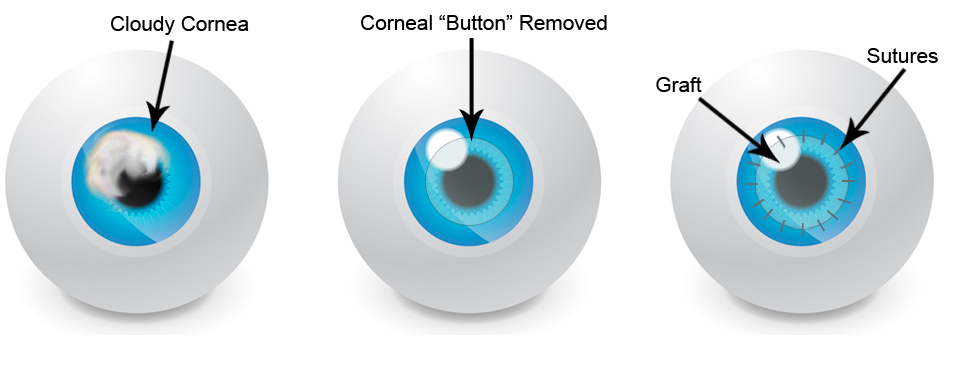What is Corneal Transplantation?
Corneal transplantation, otherwise called corneal joining, is a surgical technique where a harmed or unhealthy cornea is supplanted by gave corneal tissue (the union). At the point when the whole cornea is supplanted it is known as penetrating keratoplasty and when just part of the cornea is by chance changed the procedure is known as lamellar keratoplasty.
Keratoplasty simply translates cornea surgery. The operation or graft is taken from a few days dead individual with no known illnesses or different complications that may influence the possibility of survival of the donated tissue or the strength of the beneficiary.
The cornea is the straightforward front part of the eye that covers the iris, pupil and foremost chamber. The surgical technique is performed by ophthalmologists, doctors who work in eyes, and is frequently done on an outpatient basis. Donors can be of any age, as was seen on account of Janis Babson, who gave her eyes at age 10. The corneal transplantation is performed when drugs, keratoconus moderate surgery and cross-connecting can’t recuperate the cornea any longer.
Some Medical benefits of Corneal Transplantation
Hardly would you notice any medical surgery without a comparative benefit and advantages to the undertaking patient. In the case of corneal operations, here are just a few indications:
Optical benefits: To enhance visual keenness by changing the extremely or mutilated host tissue by clear sound giver tissue. The most widely recognized sign in this class is pseudophakic bullous keratopathy, trailed by keratoconus, corneal degeneration, keratoglobus and dystrophy, and additionally scarring because of keratitis and injury.
Tectonic/reconstructive benefits: To save corneal life structures and trustworthiness in patients with stromal diminishing and descemetoceles, or to remake the life systems of the eye, e.g. after corneal aperture.
Therapeutic benefits: It aids doctors to remove inflamed corneal tissue from the eyes of the patients involved, some tissues of which are unresponsive to treatment by antibiotics or antivirals.
Cosmetic benefits: It helps patients improve on their facial appearance, see clearly and remove scars that has rendered a whitish coloring to the cornea.
Some of the Risks factors of the Cornea Surgery
The dangers are like other intraocular techniques, yet moreover incorporate union dismissal (long lasting), separation or dislodging of lamellar transplants and essential joining failure.
There is likewise a danger of disease. Since the cornea has no veins (it takes its supplements from the watery diversion) it mends substantially more gradually than a cut on the skin. While the injury is recuperating, it is conceivable that it may get to be tainted by different microorganisms. This danger is minimized by antitoxin prophylaxis (utilizing anti-infection eyedrops, notwithstanding when no contamination exists).
There is a dangers of cornea rejection if care is not taken, which happens in around 20% of cases. Graft disappointment can happen just at any unexpected time after the cornea has been transplanted, even years or decades later. The causes can shift, however it is normally because of new damage or ailment. Treatment can be either medicinal or surgical, it mostly relies upon the individual case. An early, specialized reason for failure is mostly a very tight stitch cheesewiring through the sclera by the Surgeon.

